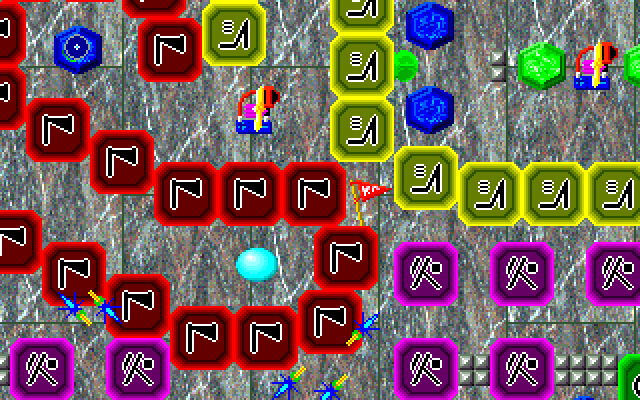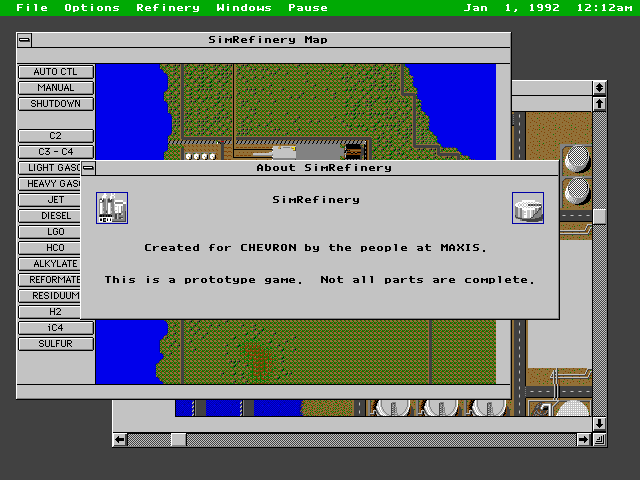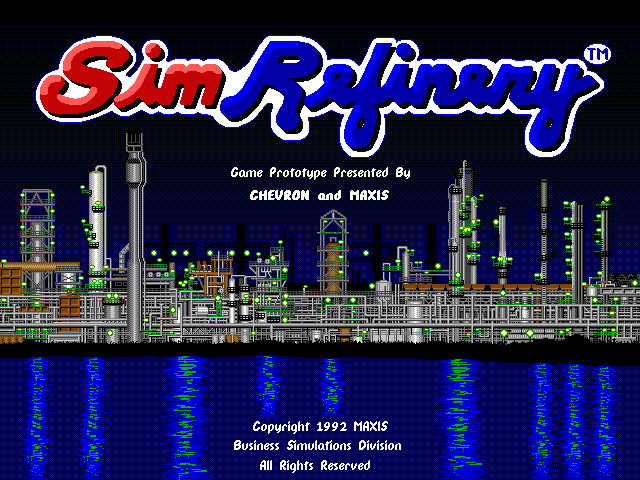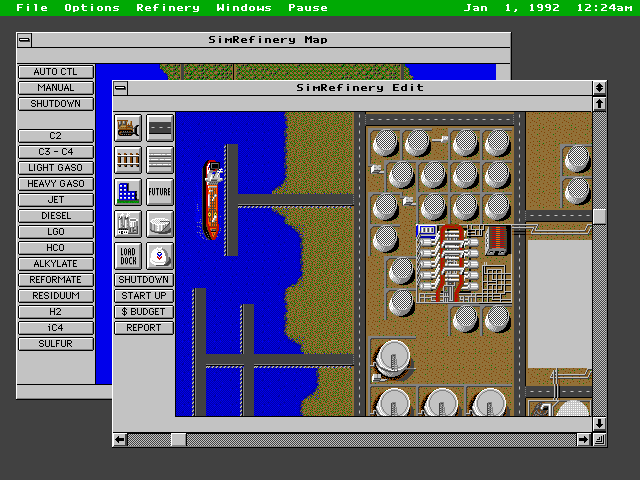Helious 


The developer of Helious claimed he didn’t actually make the game himself. He got it from aliens.
In the introduction to Helious, designer Sean M. Puckett said he was visited by a UFO at his home in Florida on a stormy night in May 1993. A column of green light opened outside, and an alien stepped out who looked exactly like him. He fainted in shock, and when he regained consciousness, the game had mysteriously appeared on his computer. The instructions for the game are written like an archaeologist’s notes trying to decipher how it’s played. Puckett said he added an intro screen and audio effects, but otherwise, he claimed the game is presented as-is, with clashing, disorienting graphics and everything written in an indecipherable runic alien language.
It’s a pretty great story, and the game uses it to make itself more interesting. Helious is bizarre, but it’s a calculated sort of bizarre.
Looking past the jarring visuals, it’s actually a fairly normal maze game. You control a ball that glides around by releasing air like a balloon. With a limited amount of air in the ball, you have move cautiously while collecting gems and avoiding traps. Some passages are too small to pass through until you’ve released enough air, which adds some order and strategy to how you move around the maze. It sounds simple because, surprisingly, it is simple.
The difference is that Helious tries to make it as unintuitive as possible. The game purposely underexplains itself, and it avoids a conventional user interface in favor of geometric icons with vague descriptions. The ultimate goal is to learn all the glyphs in an alien password, which would’ve been easy to remember if it was a human alphabet, but it’s much harder to memorize a bunch of weird symbols.
The game really does feel alien at first, but the effect quickly wears off once you realize what type of game it is. It’s a good example of the different ways something can be “weird.” There are games like Knights of the Crystallion or Eastern Mind that disorient the player by placing them in a completely different world with its own value system to learn. On the other hand, something like Helious is more like a weird overlay on top of a familiar concept.
You can imagine what the plain, non-alien version of Helious would be like, and it’s entirely possible it started out that way too. The weirdest thing about Helious – a game made to look like it was designed by aliens – might be how normal it is!




